In 1967, Canadians celebrated the 100th anniversary of Confederation at major public events and smaller personal gatherings. As well as funding festivities and pageants, federal, provincial and municipal governments invested in infrastructure such as libraries, schools and recreational facilities. Expo 67 in Montréal was the largest international event held in the country to that point and it put Canada on the world stage. The country also celebrated Canadians who had made their mark in culture and sports.
A Year-Long Party
The centennial celebrations of 1967 were a year-long birthday party — with large gatherings on Parliament Hill on Dominion Day, as well as special events and community activities across the country.
The Confederation Train

Over 10 million Canadians visited the Confederation Train and Caravans — travelling exhibits about Canadian history and society that criss-crossed the country by road and rail.
Centennial Voyageur Canoe Pageant
Ten teams (representing eight provinces and two territories) paddled voyageur-style canoes 5,280 kilometres, through roughly 90 towns and cities from Rocky Mountain House, Alberta to Montréal, Quebec in 104 days. The event combined the excitement of a race with the pomp of a historical pageant. Members of team Alberta presented a birchbark message to Canadian Secretary of State Judy LaMarsh at the end of their journey in Montréal, in September 1967.

“My Canadian Centennial Project”

Young Marjorie Gehl was determined to mark the centennial even though her family had moved to the southern United States, her father being a diplomat. A keen sewer, Marjorie decided to create an evening dress suitable for the many official functions that her family attended. Inspired by maple leaves sent to her from a sister still in Canada, Marjorie wore this dress to numerous events in 1967.
Expo 67
Over 50 million people visited Montréal to see pavilions representing countries from around the world at Expo 67. It was a remarkable feat of construction and design — and included two artificial islands. Expo 67 offered Canadians an unprecedented opportunity to welcome the world and to proudly show off a modern Canada. It also allowed Canadians to experience the glitz and glamour of a world’s fair. The media portrayed Montréal and Canada as technologically advanced, cosmopolitan, intelligent and hip.
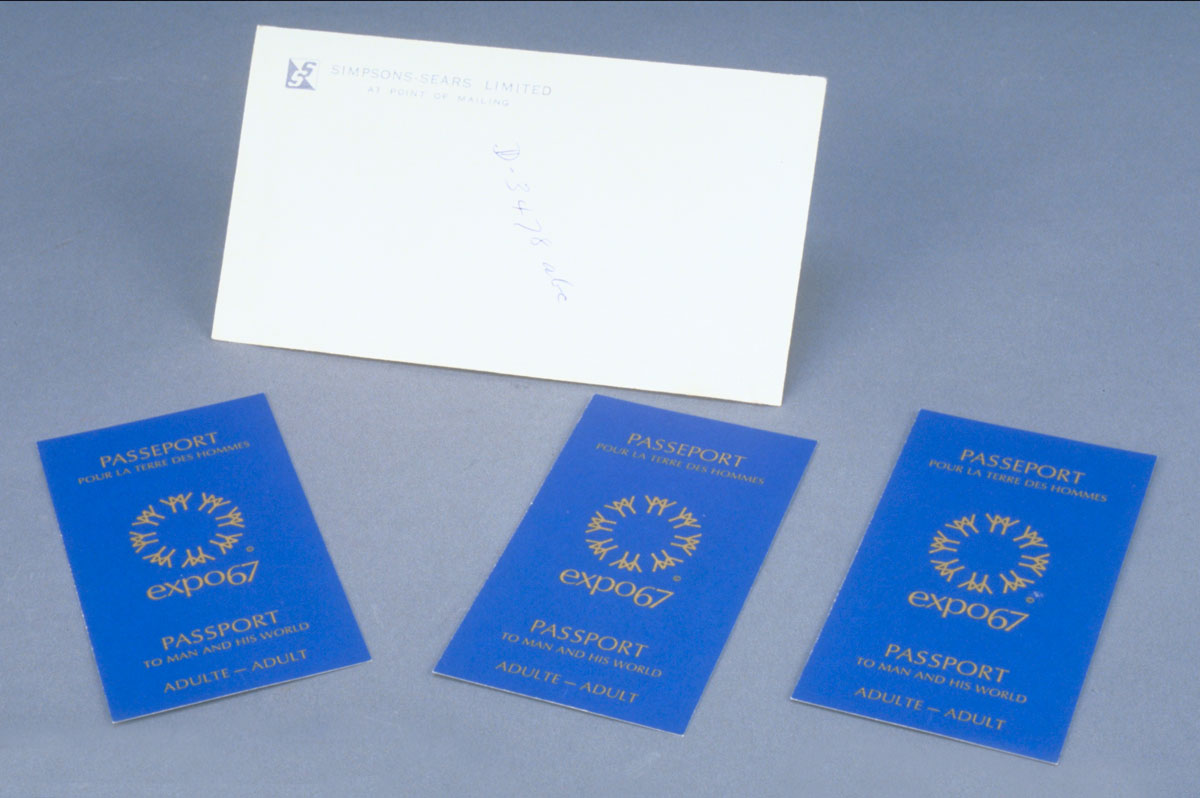
“Our Fathers Were Betrayed”
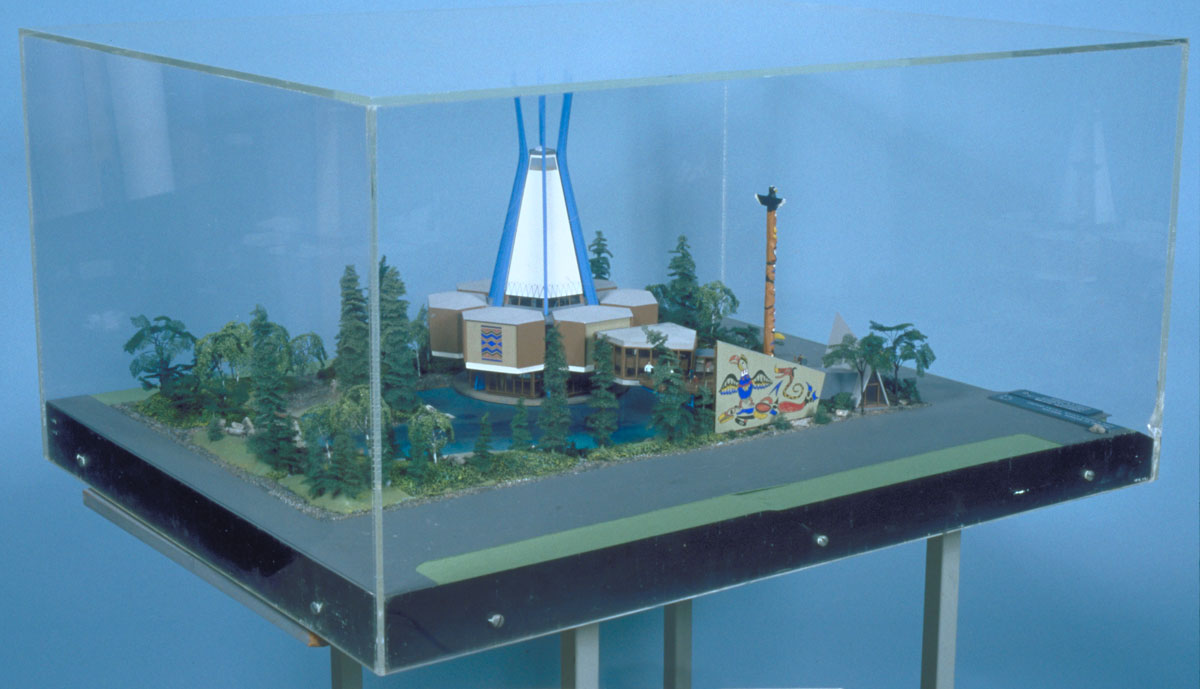
The Indians of Canada Pavilion made a powerful statement about the growing affirmation of Indigenous peoples. The Pavilion showcased Indigenous cultures and presented blunt messages about Canada’s past and contemporary Indigenous issues. It also brought together some of the best Indigenous artists of the period. An architectural model of the Pavilion is displayed here. According to Seneca artist Tom Hill, though the government may have hoped for a “positive image” from the pavilion, “what they got was the truth.”
Image Gallery
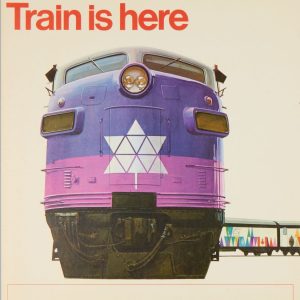 Confederation train posterInscription: The Confederation Train is here
Confederation train posterInscription: The Confederation Train is here
1967
CMH, Photographic Archives, IMG2015-0078-0059-Dm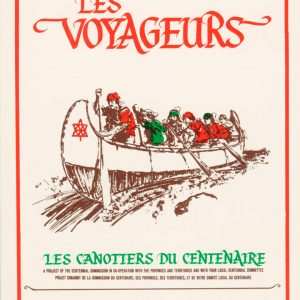 Centennial Voyageur Canoe Pageant postcardAbout 1967
Centennial Voyageur Canoe Pageant postcardAbout 1967
CMH, D-3792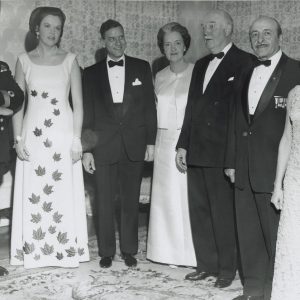 Marjorie Gehl wearing her centennial evening dressPhotographer unknown, 1967
Marjorie Gehl wearing her centennial evening dressPhotographer unknown, 1967
CMH, Photographic Archives, IMG2016-0223-0001-Dm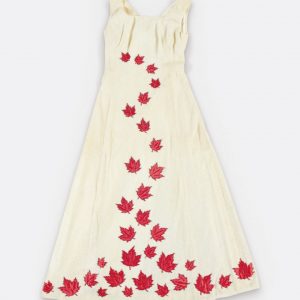 Centennial evening dress1967
Centennial evening dress1967
Gift of Marjorie MacNeill Gehl
CMH, 2013.67.1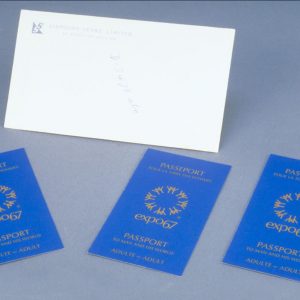 Expo 67 souvenir passportAbout 1967
Expo 67 souvenir passportAbout 1967
Gift of the Centennial Commission
CMH, D-3478a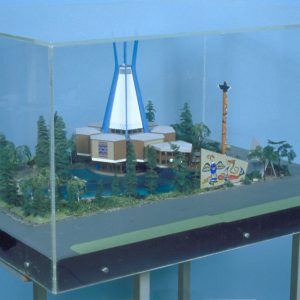 Architectural model for the Indians of Canada PavilionMade by architect Joseph Francis, 1960s
Architectural model for the Indians of Canada PavilionMade by architect Joseph Francis, 1960s
Gift of Indians of Canada Pavilion, Expo 67
CMH, 1999.103.1
Learn more
Photo at top of page:
Expo 67 souvenir passport
About 1967
Gift of the Centennial Commission
CMH, D-3478a
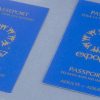
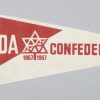 Collection
Collection